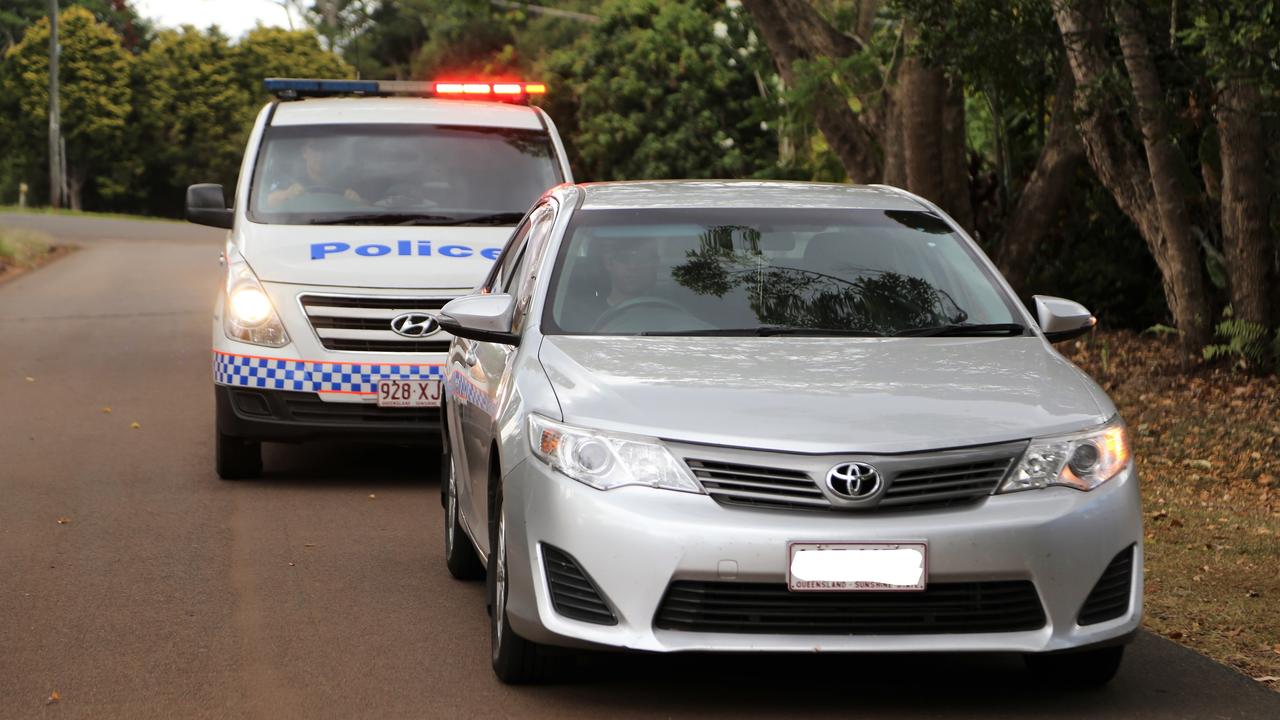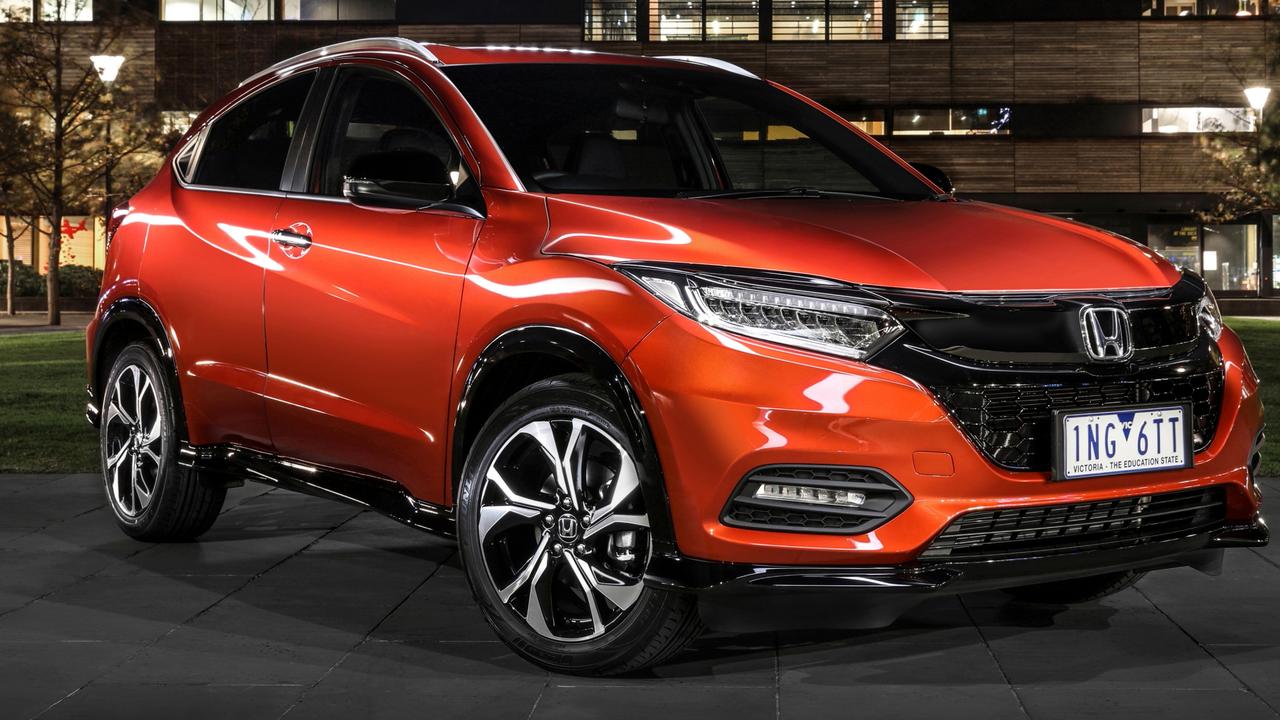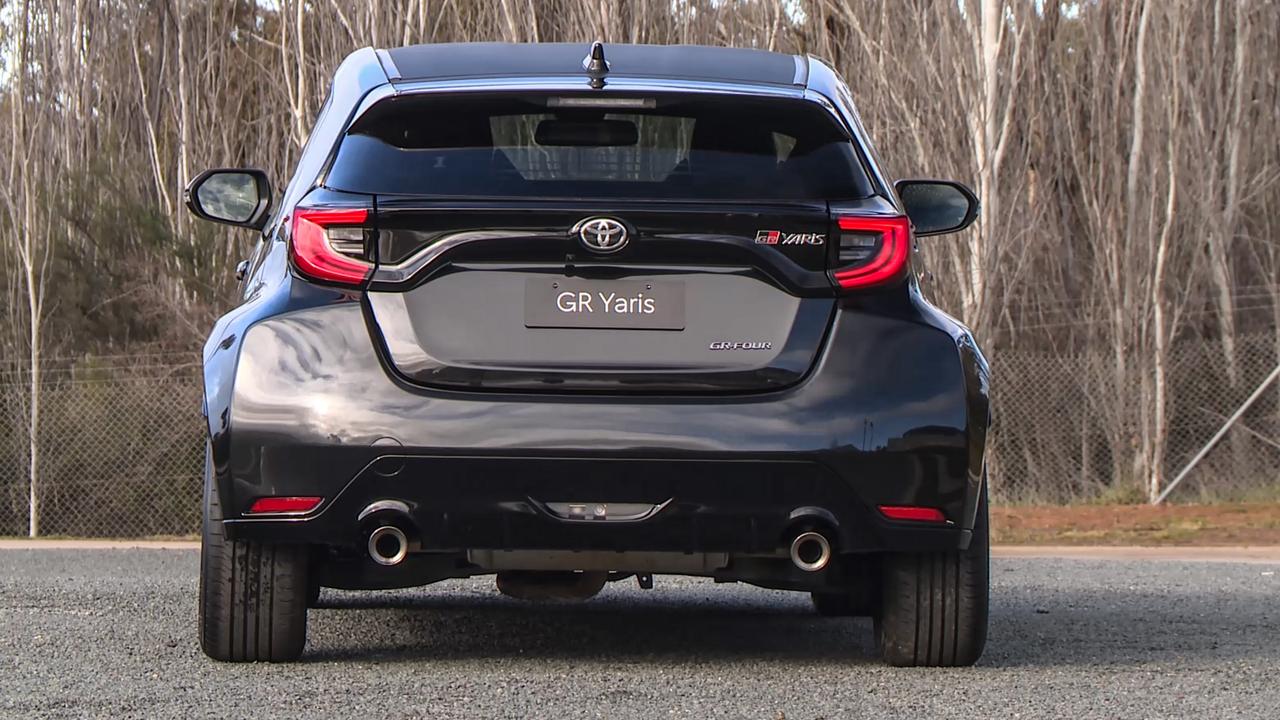End to traffic congestion predicted but we may have to give up control of our cars to achieve it
IN A few years, traffic jams will be nothing but a memory — but it will come at a huge cost. This is what will happen to motorists.

ONE of Australia’s top transport planners has said he can see a future where traffic jams are nothing but a quaint memory.
But there might be a “scary” price to pay for motorists, he has cautioned. You might have to give up control of your car to a transportation equivalent of Big Brother.
Niroshan Jeyarajah, a senior manager at Transport for NSW made the bold prediction at this week’s Smart Infrastructure Summit, held in Sydney.
Control of vehicles could gradually pass from drivers to a centralised traffic control body, he said, in the same way planes are controlled by air traffic control. Your car would even need to ask permission to get on the road at all.
Subscribe to news.com.au’s From the Newsroom podcast through iTunes
With clogged roads, we have little choice, Mr Jeyarajah said, as Sydney is growing by millions and there is a “need to discourage personal car use”. The Government is ploughing more than $1 billion on new transport tech to cut congestion.
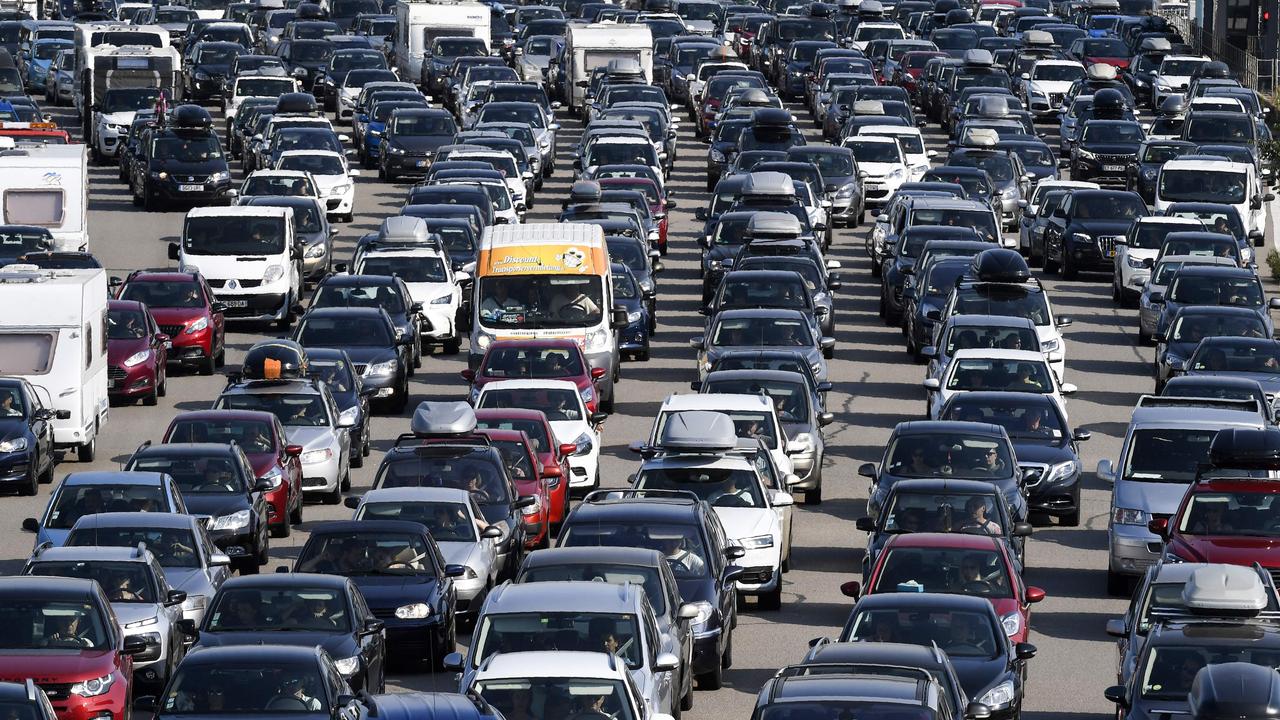
But unseen technological forces are already at play in the peak hour, from a “green wave” to speed up late running buses up to a fancy algorithm that can predict traffic jams half an hour before they happen.
Mr Jeyarajah said new technology was helping to “sweat” every last piece of capacity out of the existing infrastructure.
“Congestion means longer and more unreliable journeys and that’s a big impact on families and leads to stress and frustration.”
He said the price of snarl ups in Sydney was $6.1 billion a year now and by 2031 would be $14.8 billion as the population grew.
“The real lever is to manage demand. We need to encourage people to use public transport as much as possible, we need to encourage travel in the off-peak periods, alternate routes and we need to discourage personal car use.”
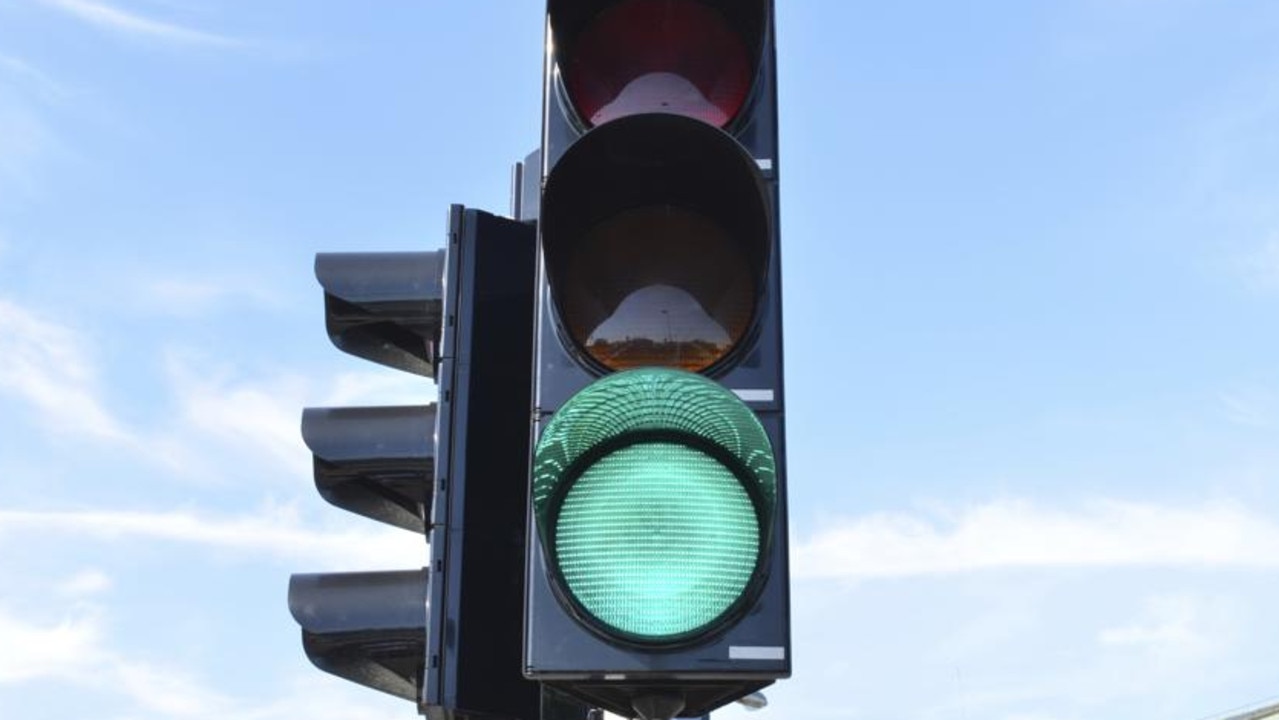
A ‘GREEN WAVE’ FOR LATE BUSES
In NSW, 6000 buses are now covered by a system called the Public Transport Information and Priority System, or PTIPS.
It works by combining information from bus timetables, where a bus should be, and GPS data, where it actually is.
“If you caught the bus this morning, chances are you travelled on one managed by PTIPS,” Mr Jeyarajah said.
“If a bus is falling behind, we’re able to use predicative analytics to see which traffic light it’s going to hit and then we give the green light to that bus. After doing this a few times the bus gets back on schedule.”
When a series of lights change specifically for a late bus, planners called it a “green wave” as it’s waved through.
The same info is sent to Sydney travel apps so passengers can see an estimate of when your bus will arrive.
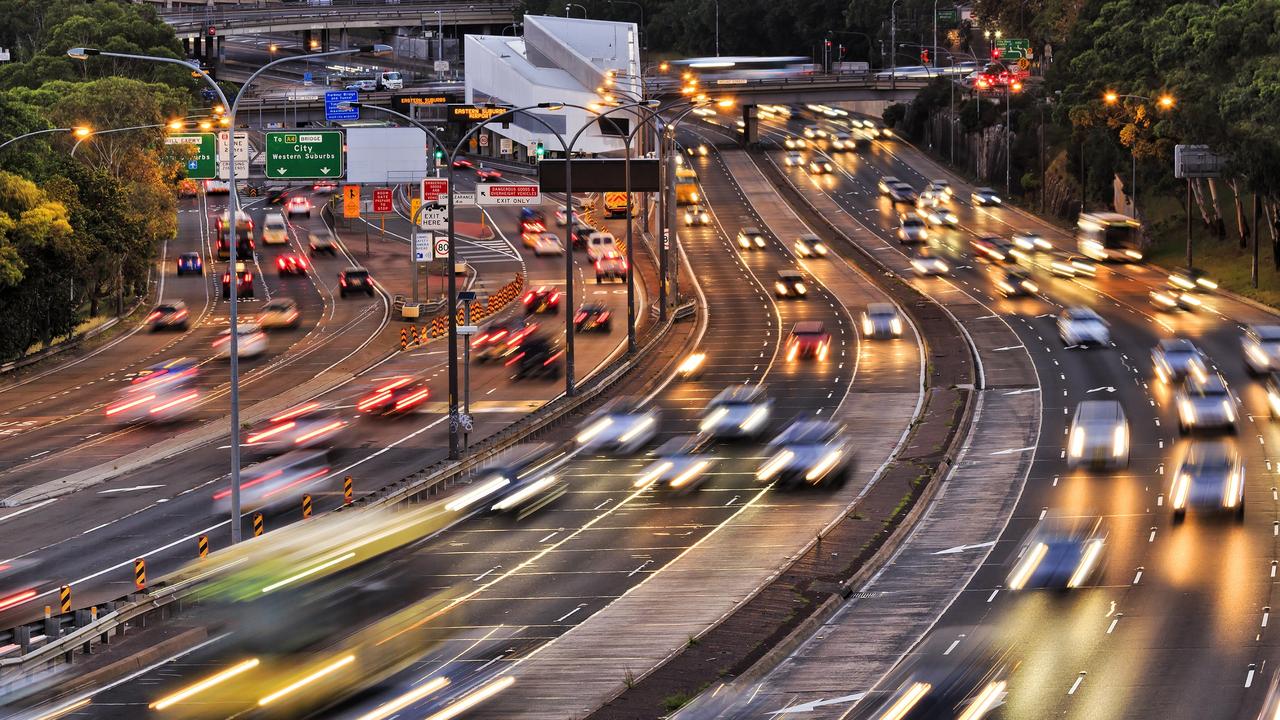
FORTUNE-TELLING TRAFFIC JAMS
Forget horoscopes, transport bosses are hoping to be able to see into the future and accurately predict traffic jams that haven’t even formed. The aim is to make sure they never do.
TfNSW is investing $123 million in the Intelligent Congestion Management Program (ICMP).
Mr Jeyarajah said contingency plans were already in place for planned incidents that can affect travel, from New Year’s Eve celebrations to the 50,000 individual roadworks a year. The ICMP will help plan for the ones they don’t know about.
“At the moment, we’re working in reactive manner. We wait for an (unplanned) incident to occur and then work out how to respond. (ICMP) is using machine learning to have the ability to predict 30 minutes into the future … so we can start changing signal times and phasing to minimise and hopefully avoid congestion”.
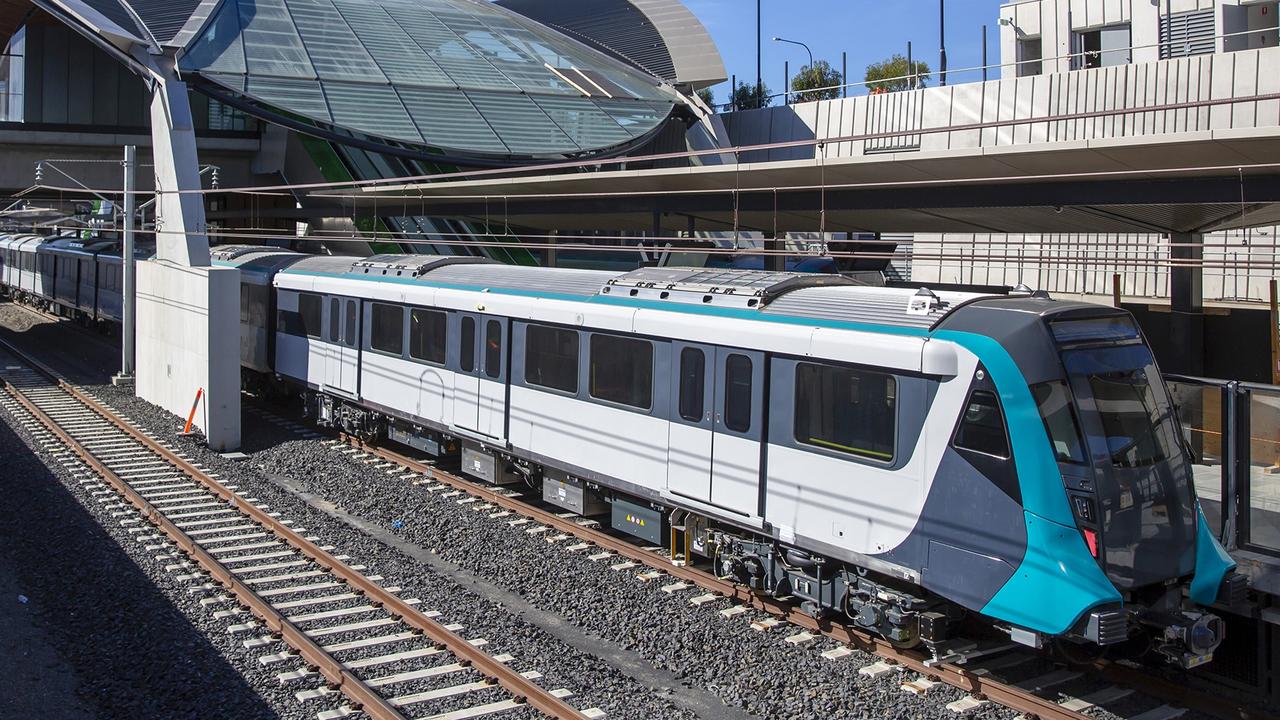
TRAINS DRIVEN BY IPAD
Signals are disappearing from the side of Sydney’s tracks. The Government is spending $900 million replacing trackside infrastructure with the hope of squeezing more trains onto the existing system.
In the future signalling information will be fed directly to drivers’ cabs and to the trains’ on-board computers. Eventually, the train will drive itself with the staff member simply overseeing everything is on track.
When track work is taking place, lines-side workers could, with the aid of an iPad, take over control of the train and guide it safely through.
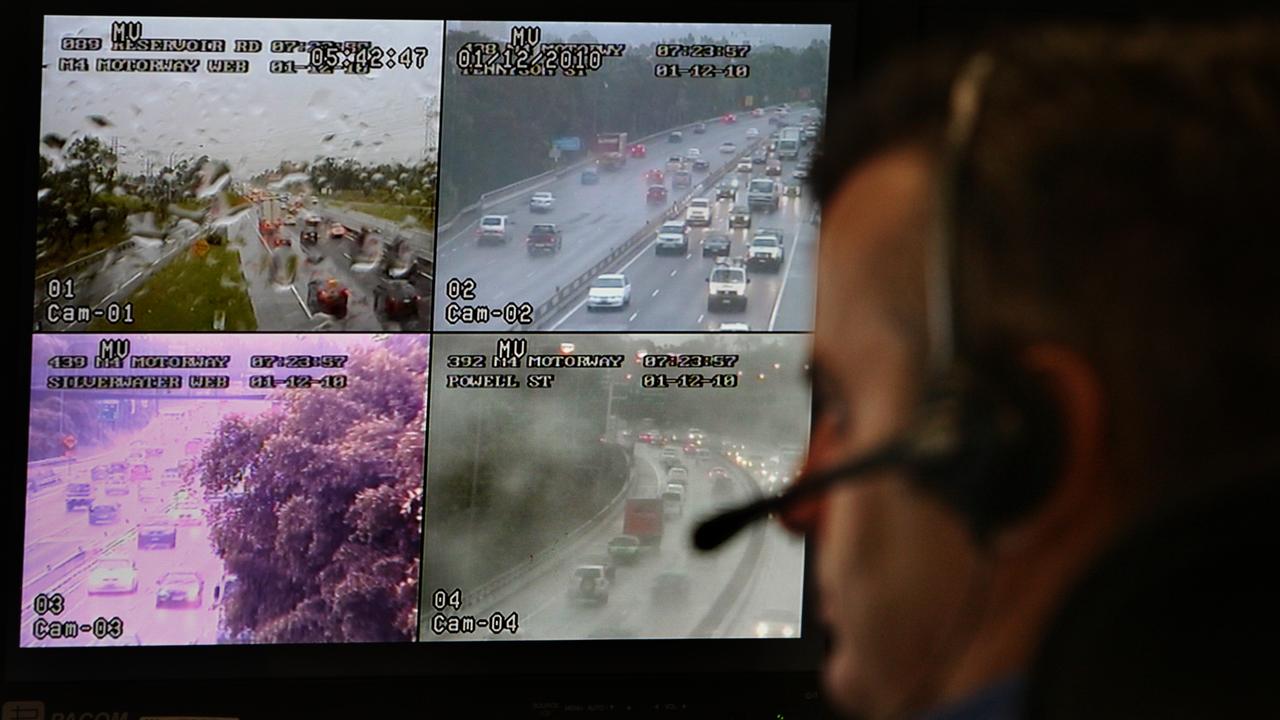
AIR TRAFFIC CONTROL FOR CARS
“Place yourself in 10, 20, 50 years’ time and imagine a world where congestion is not an issue. Orchestrated network routing (ONR) is the answer,” Mr Jeyarajah said.
But the trade-off for a jam-free utopia is that you may have to give up control of your (by then) automatically driven car.
He likened the concept, which is still just that rather than an active project, to the way air space is controlled for the greater good, rather than planes all hurtling to the runway at once.
Mr Jeyarajah raised the prospect of a central hub gradually playing a more proactive role in controlling traffic.
“Initially, information coming from vehicles would adjust traffic signals. A second step would be for (a transport centre) to tell vehicle occupants of alternative routes and the customer could choose which one.
“Level three is where it gets a little bit scary. That’s where we instruct vehicles to use certain routes so we’re spreading the load across (the) network. This is ONR, where vehicles are controlled by the network,” he said.
Given jams are exacerbated by more cars entering roads, you could find yourself unable to even leave your driveway.
“We could restrict vehicles entering the network if it’s going to cause congestion, so people may have to wait in their car park.”
But there was a flip side, he said. “Once in the network you’ll get to your destination with a certain level of assurance.”
Mr Jeyarajah said some vehicles could be given priority over others, so buses perhaps over private cars.
“If we can prioritise public transport then more people are likely to use that and fewer cars,” he said.
The brave new world of commuting might be some decades away but just as 2 + 2 = 5, it’s coming.


